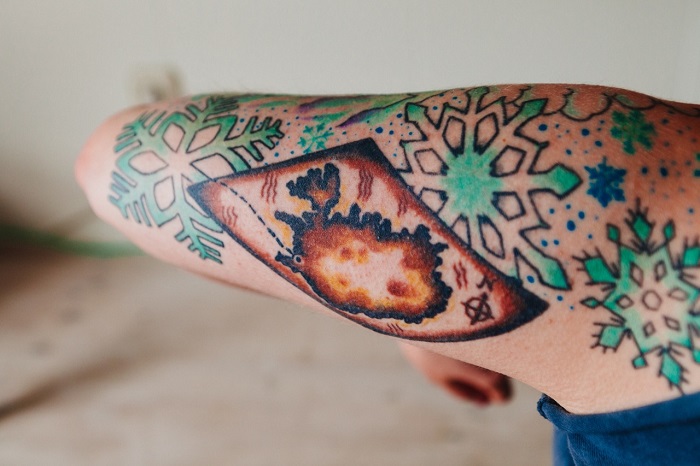
15 Jan Heroin Use On The Rise As Opiate Addiction Drops
Two recent studies offer both good news and bad news when it comes to drug addiction.
The good news? Abuse of opiate-based painkillers such as morphine and Oxycodone peaked in 2010 and 2011, according to a database analysis, published in the New England Journal of Medicine.
According to Reuters, new programs to track the use of these drugs, as well as the reformulation of Oxycodone – thus making it harder to abuse – may have contributed to the decline.
Studies on Opiate Addiction
The study, led by Dr. Richard Dart of the Rocky Mountain Poison and Drug Center, found “large increases in the rates of opioid diversion and abuse from 2002 to 2010, but then the rates flattened or decreased from 2011 through 2013. The rate of opioid-related deaths rose and fell in a similar pattern.”
The study looked at six different most abused prescription drugs — Oxycodone, Hydrocodone, Hydropmorphone, Fentanyl, morphine and Tramadol — and found that deaths from painkiller overdoses declined as the supply went down.
It’s hard to find a single factor leading to the decline. Florida’s crackdown on pill mills in 2011 probably had an impact. So did the drug tracking system in other states, which allows pharmacies to tell when a prescription was last filled.
“I think we’re at an inflection point and we’re starting to turn this steamship around,” Dr. G. Caleb Alexander, of the Johns Hopkins’ Center for Drug Safety and Effectiveness, told Reuters.
But Alexander added that the drop in opiate use might also mean that more people are turning to heroin.
And that’s where the bad news comes in.
A new CDC report finds that heroin deaths have increased over the past few years. The period between 2012 and 2013 saw a 39 percent spike in deadly heroin overdoses, CNN reports, with 5927 deaths in 2012, and 8260 in 2013. It’s the third year in a row that saw an increase in heroin deaths.
The CNN story notes that heroin is typically cheaper than a prescription painkiller. If you don’t have insurance, a 60 milligram pill will cost you $60, while the equivalent amount of heroin would cost a tenth of that.
And the heroin addict of today is much different from 50 years ago, when users tended to come from lower income neighborhoods. Now, a study from the Journal of the American Medical Association finds that the typical heroin addict comes from an affluent suburb, and gets started on the drug after being led there through prescription painkillers.





